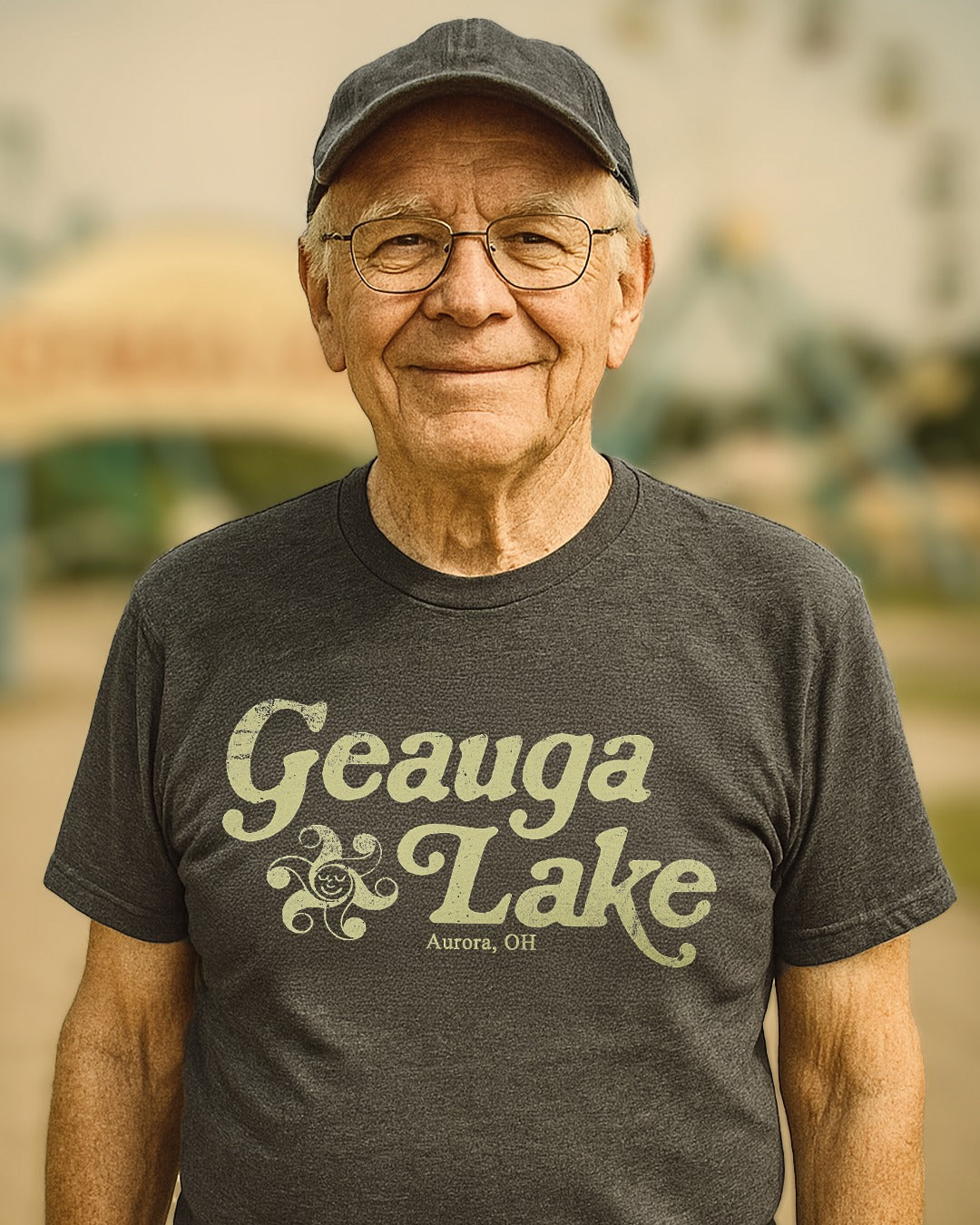The Negro leagues included seven major and over a dozen minor league circuits that existed from 1920 to the early 1960s. Formed when baseball was still segregated, the Negro leagues were different from their Major League Baseball counterparts in that a speedy, more wide-open and dazzling style of play was emphasized. Owners often gambled on games to subsidize profits and engaged in other shady activities.
While team rosters were segregated until 1947, attendance was not. White folks commonly attended Negro league games, though they sat in “whites only” sections and often used separate entrances to the ballpark.
Shop our entire officially licensed Negro League Baseball Museum merchandise online here and get 20% off that collection when you use the code: HISTORY at checkout.
Before organized leagues
As far back as 1855, African Americans were playing organized baseball, predominantly for military, college, and company teams. For a few years, it was not uncommon for blacks and whites to play the game together. However, in 1867, The National Association of Amateur Baseball Players rejected African American membership. In 1876, the major National League adopted a gentleman’s agreement to keep blacks out, an arrangement that would last until 1947. Unable to participate in any organized leagues, many black players formed barnstorming teams, traveling from town to town to face local competition.
Negro National League (1920-1931)
Andrew “Rube” Foster, owner and manager of the Chicago American Giants, formed the Negro National League (NNL) in 1920. The league’s membership included the Kansas City Monarchs, Detroit Stars, St. Louis Stars, Indianapolis ABCs, as well as Foster’s club. There were also teams, at various times, in Memphis, Birmingham, Cleveland, Columbus, Pittsburgh, Toledo, Louisville, Milwaukee, and Nashville.
Financial challenges, exacerbated by the Great Depression, drove the league out of business in 1931.
Eastern Colored League (1923-1928)
As the name implies, this circuit was based primarily on the East Coast. The Eastern Colored League (ECL) was formed when the Hilldale Club, based in Philadelphia, and the Atlantic City-based Bacharach Giants, associate members of the Negro National League, aligned with white promoter Nat Strong to form the new league. Top teams included the Brooklyn Royal Giants and Baltimore Black Sox.
The ECL raided NNL rosters resulting in friction between the two leagues. The dispute was quickly settled, and a Colored World Series was established. Disagreements among the owners led to the league's demise in May of 1928.
American Negro League (1929)
Some of the surviving ECL teams, along with the Homestead Grays from Pittsburgh, formed the American Negro League in 1929, but that league only lasted one season.
East-West League (1932)
Established by former Homestead Grays player and manager Cumberland Posey, this circuit, too, was short-lived. In addition to the Grays, the Baltimore Black Sox and Cleveland Stars, among others, were league members.
Negro Southern League (1932)
Picking up a few teams from the defunct NNL, the Negro Southern League spent one season as a major league, 1932. From 1920 to the 1940s, it was primarily a minor league.
Negro National League II (1933-1948)
The second incarnation of the Negro National League (NNL II) was formed in 1933 and featured several well-known teams. The list of NNL II clubs included the Baltimore Black Sox, Brooklyn Royal Giants, Detroit Stars, Indianapolis ABCs, Nashville Elite Giants, Pittsburgh Crawfords, and Washington Black Senators, to name a few.
With the color barrier broken in 1947, though, the NNL II was out of business after the 1948 season.
Negro American League (1937-1962)
Formed in 1937, the Negro American League (NAL) played through 1962, long after the integration of Major League Baseball, and three years after the Boston Red Sox became the last Major League team to sign an African American player. After 1950, it was considered a minor league, with many clubs supplementing league games with barnstorming tours.
Legacy
Many notable players, of course, jumped from the Negro leagues to Major League Baseball. Three months after Jackie Robinson debuted with the National League’s Brooklyn Dodgers, Larry Doby broke the color barrier in the American League with the Cleveland Indians. They were followed by Satchel Paige, Ernie Banks, Hank Aaron, Willie Mays, Roy Campenella, and many more.




